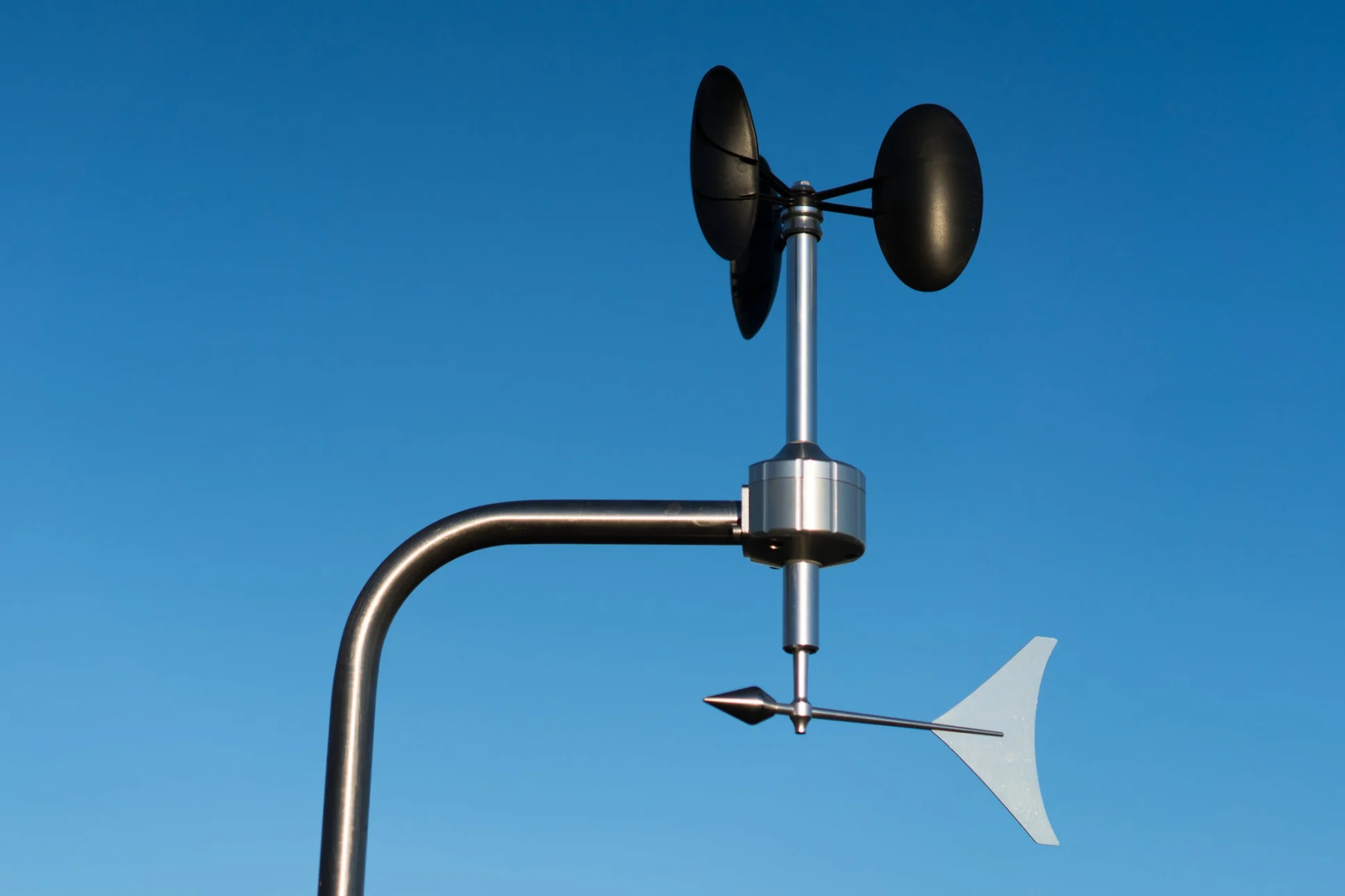All You Required to Understand About Anemometers: Exactly How They Function, Why They Matter, and Where to Use Them
Anemometers, though usually neglected in the world of clinical tools, play a crucial role in different fields, providing important insights into wind rate and airflow patterns. Recognizing the technicians behind these gadgets is important for any individual seeking to harness the power of this data. From meteorologists tracking weather condition patterns to engineers creating structures with wind tons in mind, the applications of anemometers are far-ranging and diverse. As we look into the details of anemometer modern technology, we will certainly discover the internal workings of these tools, their relevance, and the key factors to consider when choosing the right anemometer for details applications.

Anemometer Essentials
A necessary tool made use of to measure wind rate and instructions, the anemometer plays an essential duty in weather forecasting and different industries. An anemometer generally consists of three or four mugs that turn in the wind, a vane that aims into the wind, and sensing units to track the movements or rotations.
There are different kinds of anemometers available, consisting of cup anemometers, vane anemometers, hot-wire anemometers, and sonic anemometers, each with its distinct functions and applications. Cup anemometers are typically utilized for standard wind rate dimensions, while vane anemometers are preferred for directional measurements. Hot-wire anemometers are appropriate for low airspeeds, and sonic anemometers are ideal for high-precision measurements in research study and industrial settings. Comprehending the fundamentals of anemometers is vital for accurate wind data collection and analysis across various markets.
Principles of Anemometer Operation
Structure on the foundational understanding of anemometer basics, the principles of anemometer procedure elucidate the auto mechanics behind wind rate and direction dimensions. Cup anemometers, for circumstances, have 3 or more mugs that record the wind, creating them to spin faster as the wind rate boosts. Hot-wire anemometers rely on a warmed wire that cools down as wind passes over it, with the rate of cooling down identifying the wind rate.
Importance of Anemometers
The value of anemometers in meteorology and different industries can not be overemphasized. Anemometers play a critical role in determining wind rate and direction, offering vital data for weather forecasting, climate research studies, ecological surveillance, and air travel procedures. Meteorologists depend on anemometers to gather accurate wind data, aiding them recognize weather condition patterns, anticipate tornados, and problem timely warnings to the public. In industries such as building and construction, agriculture, renewable resource, and maritime operations, anemometers are made use of to maximize procedures, make sure safety, and increase efficiency. For instance, wind ranch drivers utilize anemometers to assess wind problems and make the most of electrical energy manufacturing from navigate to this site wind generators. In the maritime field, anemometers help ship navigating by offering real-time wind details to captains, aiding them make informed choices to make certain safe trips. In general, anemometers are indispensable tools that add substantially to security, effectiveness, and notified decision-making in weather forecasting and a large range of industries.
Applications Across Various Industries
In the renewable energy field, anemometers play an important duty in examining wind problems for wind ranch positionings, making sure ideal energy production. Industries like building and mining make use of anemometers to keep track of wind speeds, important for security protocols, particularly when functioning at elevations or in open-pit mines where solid winds can pose risks. In agriculture, anemometers help farmers in managing crop splashing by providing real-time data on wind rate to prevent drift.

Picking the Right Anemometer for Your Needs
For basic functions, a cup anemometer is appropriate for determining wind rate, while a vane anemometer offers wind instructions information. Hot-wire anemometers are excellent for reduced airspeed dimensions, and ultrasonic anemometers supply high precision and toughness.

Conclusion
Finally, anemometers play a critical duty in gauging wind rate and instructions across different markets. Understanding the principles of anemometer procedure is essential for selecting the right tool for details needs. From weather forecasting to aeronautics, anemometers are essential devices for guaranteeing and accumulating exact data safety and security in various applications. When selecting the visit the site most ideal gadget for gauging wind problems., it is essential to consider the relevance of anemometers in order to make informed choices.
There are various kinds of anemometers available, including mug anemometers, vane anemometers, hot-wire anemometers, and sonic anemometers, each with its unique attributes and applications. Mug anemometers are commonly made use of for fundamental wind speed measurements, while vane anemometers are favored for directional dimensions. Hot-wire anemometers are ideal for reduced airspeeds, and sonic anemometers are perfect for high-precision dimensions in study and commercial settings.Building on the foundational understanding of anemometer fundamentals, the concepts of anemometer operation illuminate the auto mechanics behind wind rate and instructions measurements. For basic purposes, a mug anemometer is appropriate for my explanation measuring wind speed, while a vane anemometer supplies wind instructions information.